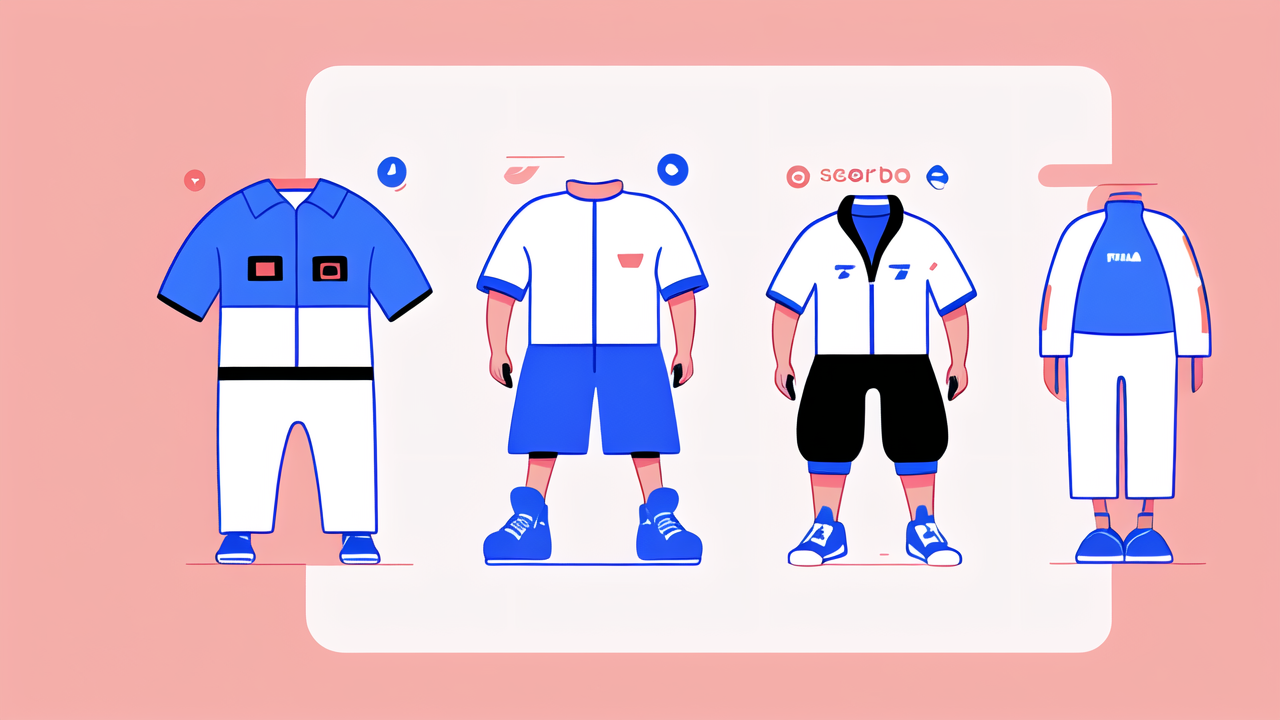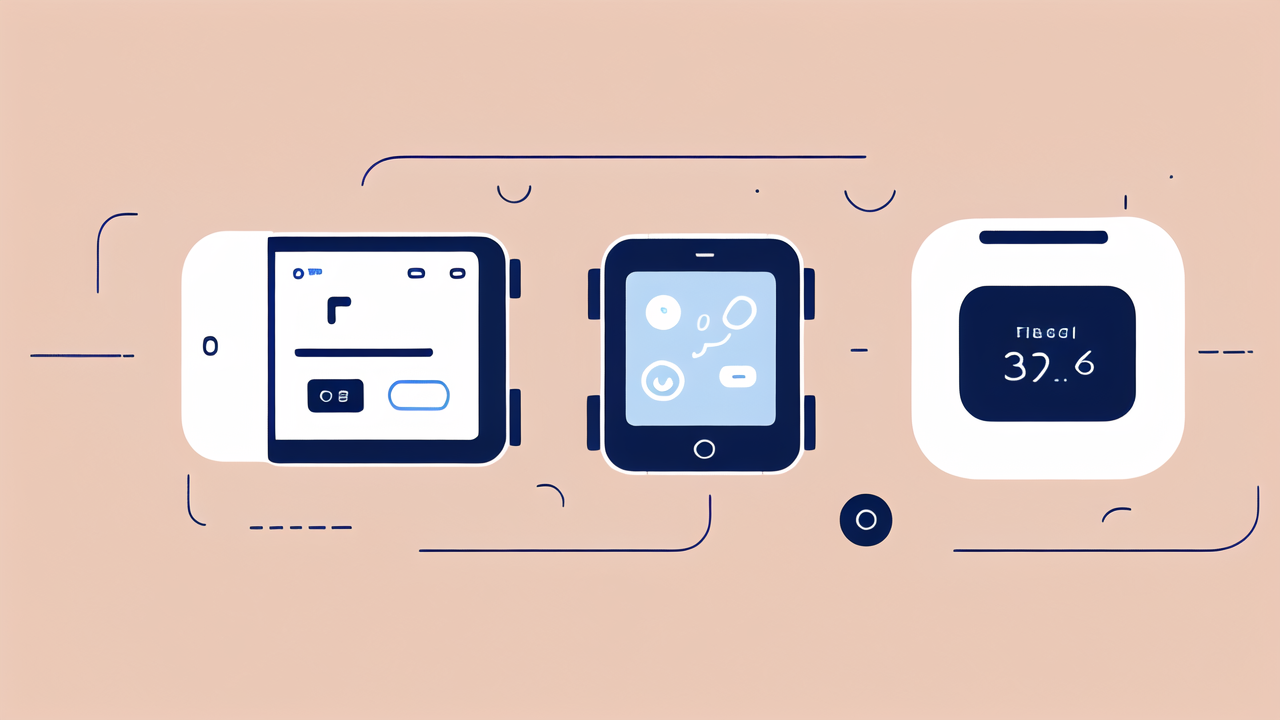The Rise of Wearable Technology in the Fashion Industry
Examining the Growth of Wearable Gadgets
Wearable tech has taken the fashion world by storm. From smartwatches to fitness trackers, these gadgets are now part of our daily lives. The market has seen rapid growth in recent years. Consumers are eager for devices that blend style with function.

Companies are investing heavily in this sector. They're creating products that not only look good but also offer practical benefits. The focus is on health monitoring, communication, and convenience. As technology advances, wearables are becoming smaller, more powerful, and more fashionable.
The integration of AI and IoT has pushed wearables to new heights. These devices now offer personalized experiences and real-time data. The future of wearable tech looks bright, with endless possibilities on the horizon.
How Fila Is Integrating Tech into Fashion
Fila, a renowned sports brand, is making waves in the wearable tech scene. They're not just creating sportswear; they're innovating smart clothing. Fila's approach combines cutting-edge technology with stylish design.
Their smart clothing line includes jackets with built-in heating systems. They've also developed shoes that track performance metrics. Fila's smart watch is a standout product, offering fitness tracking and smartphone integration.
Fila's strategy focuses on seamless tech integration. They aim to create products that enhance performance without sacrificing style. This approach has positioned Fila as a leader in the wearable tech fashion industry.
The Consumer Response to Wearable Tech Clothing
Consumers are embracing wearable tech clothing with open arms. They appreciate the blend of fashion and functionality. Many see these products as a way to simplify their lives and improve their health.
There's a growing demand for smart clothing that doesn't look "techy". People want wearables that fit seamlessly into their wardrobes. Fila's designs cater to this need, offering stylish options that don't scream "gadget".
However, concerns about privacy and data security remain. Consumers are cautious about how their information is collected and used. Companies like Fila are addressing these concerns with transparent policies and robust security measures.
Analyzing Fila's Smart Suit: A Fusion of Fashion and Functionality
The Design Philosophy Behind Fila's Smart Suit
Fila's smart suit represents a bold step into the future of fashion. The design team aimed to create a garment that looks professional while offering cutting-edge features. They focused on comfort, style, and functionality.

The suit's fabric is a blend of traditional materials and high-tech fibers. This combination ensures durability and flexibility. The design is sleek and modern, suitable for various professional settings.
Fila's philosophy is to enhance the wearer's experience without compromising style. They believe that technology should serve the user discreetly. This approach has resulted in a smart suit that looks like a regular suit but performs like a gadget.
The Technology Integrated in Fila's Smart Suit
Fila's smart suit is packed with innovative features. It includes a built-in health monitor that tracks vital signs. The suit can adjust its temperature based on the environment and the wearer's body heat.
NFC tags are embedded in the cuffs, allowing for contactless payments. The jacket has a subtle touchpad on the sleeve for controlling music and calls. LED lights in the lapel can display notifications discreetly.
The pants feature posture sensors that vibrate when the wearer slouches. All these features are powered by a small, rechargeable battery hidden in the lining. The suit is also water-resistant and wrinkle-free, making it practical for daily wear.
Potential Impact on the Professional Wear Market
Fila's smart suit could revolutionize the professional wear market. It offers a glimpse into the future of work attire. The suit's features cater to the needs of modern professionals, enhancing productivity and comfort.
This innovation may inspire other fashion brands to explore smart clothing. We could see a surge in tech-integrated professional wear. This trend could lead to new standards in workplace attire.
However, challenges remain. Cost is a significant factor, as smart suits are more expensive than traditional ones. There are also concerns about maintenance and durability. Despite these hurdles, the potential for growth in this market is immense.
The Future of Wearable Tech Apparel in the United States Market
Innovations on the Horizon for Fila and Wearable Tech
Fila is not resting on its laurels. They're exploring new frontiers in wearable tech. Future products may include clothes that change color or pattern on demand. They're also working on fabrics that can generate electricity from body heat.

The company is investing in research on biodegradable electronics. This could lead to more sustainable wearable tech. Fila is also looking into augmented reality integration in their products.
Other innovations in the pipeline include smart fabrics that repair themselves. Clothes that adapt to different weather conditions are also being developed. These advancements promise to make wearable tech more versatile and user-friendly.
Market Trends and Consumer Expectations
The U.S. market for wearable tech apparel is growing rapidly. Consumers are showing increased interest in smart clothing. They expect products that offer both style and advanced functionality.
There's a trend towards more personalized experiences. Consumers want wearables that can learn and adapt to their habits. Privacy remains a key concern, with users demanding more control over their data.
Sustainability is becoming a major factor in purchasing decisions. Consumers are looking for eco-friendly options in wearable tech. This trend is pushing companies like Fila to explore greener manufacturing processes.
The Role of Wearable Tech in Personalized Fashion Experiences
Wearable tech is set to play a crucial role in personalized fashion. AI-powered devices can analyze user preferences and suggest outfit combinations. They can also adapt to the wearer's body temperature and activity level.
Virtual fitting rooms powered by AR are becoming more common. These allow customers to try on clothes virtually before buying. Wearable tech can also provide real-time fashion advice based on the user's location and plans.
The future of fashion is likely to be highly interactive and personalized. Wearable tech will be at the forefront of this revolution. It will bridge the gap between personal style and practical functionality, creating truly smart wardrobes.




Leave a comment
This site is protected by hCaptcha and the hCaptcha Privacy Policy and Terms of Service apply.